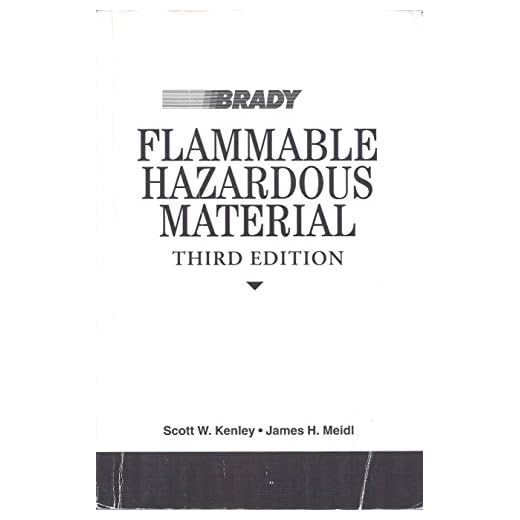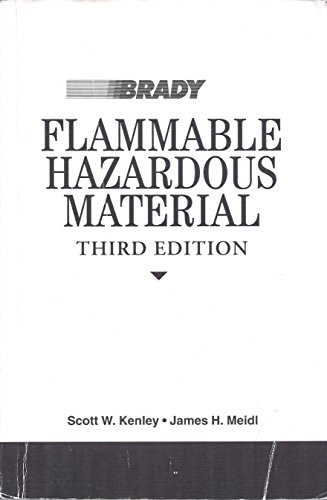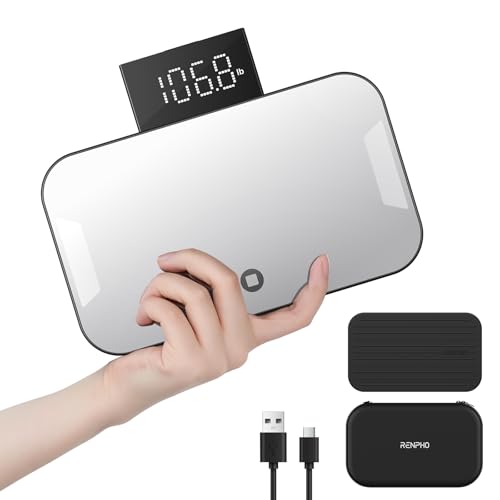

The presence of certain items in carry-on or checked bags can lead to significant inconveniences or even legal issues. Explosive materials, including fireworks and flares, are strictly forbidden; they pose an obvious threat and can result in severe penalties. Sharp objects, such as knives or scissors longer than 4 inches, also fall under the no-go category, as they are considered potential weapons.
Liquids and gels exceeding 3.4 ounces (100 milliliters) in volume must remain outside of the cabin bag. Exceptions apply for medications or baby formulas, but these must be declared during the security screening. Additionally, perishable goods, especially those containing meat, dairy, or fruits, might face restrictions based on destination regulations.
Electronic devices over a certain size, like laptops and tablets, often require separate screening but aren’t restricted per se. However, ensure any battery-powered items comply with airline policies. Hazardous materials, such as self-defense sprays and corrosive substances, should be completely avoided, as they can jeopardize safety on board.
Prohibited Items for Air Travel
Explosives, including fireworks and flares, must remain outside of all checked or carry-on bags. These materials pose a significant risk and are strictly forbidden.
Compressed gases, such as butane and propane, cannot be included due to their flammable properties. This applies to items like portable heaters and aerosol cans.
Chemicals and toxic substances, including bleach, paint thinners, and strong adhesives, should be completely avoided as they can cause serious harm and are not allowed.
Sharp objects like knives, scissors with blades longer than 4 inches, and razor blades are restricted within the cabin. If packing for checked baggage, ensure these items are secured and comply with airline regulations.
Self-defense items, including pepper spray, stun guns, and nunchucks, are forbidden aboard all aircraft. Even replicas may face confiscation during security checks.
Liquid restrictions apply to bottles exceeding 3.4 ounces (100 ml). Consolidate all liquid necessities in standard-sized containers within a single quart-sized bag.
Alcohol exceeding 70% ABV (140 proof) is not acceptable for transportation. Lower concentrations are allowed, but quantity limits may apply.
Perishable food items that can spoil during transit should be left behind, especially those that require refrigeration.
Live animals, except for specific service animals, are subjected to strict rules. Check airline policies regarding any exceptions or requirements.
Large electronic devices, such as laptops and gaming consoles, might need to be removed from bags during security screening. Review specific airline guidelines for larger gadgets to ensure compliance.
Always consult your airline’s official policies for the most accurate and detailed guidelines regarding restricted articles before packing for your trip.
Prohibited Items: Overview of Regulations
Explosive materials, firearms, and sharp objects are strictly forbidden across all airlines. These items pose significant risks to safety and security. Additionally, flammable liquids, including alcohol above specific alcohol content, and certain batteries such as lithium-ion types have restrictions due to their hazardous nature.
Medications and Personal Items
Prescription medications are often allowed, but necessary documentation should be on hand to avoid complications at security. Some personal items, like certain electronic devices, may face scrutiny. Always check airline policies regarding electronic gadgets, particularly regarding larger ones within the cabin.
Food and Beverages
Many airlines restrict carrying liquids exceeding 3.4 ounces (100 milliliters). Foodstuffs may also be subject to regulations, especially international flights, where customs laws apply. Inspect and follow destination-specific guidelines to avoid penalties.
Secure awareness of these regulations prior to departure, which facilitates a more seamless travel experience.
Flammable Materials: What to Avoid in Your Bags
Items classified as flammable are strictly forbidden in checked and carry-on bags. These include fuels, lighter fluid, and certain types of paint and adhesives. Always check the labels of products you intend to bring. If a substance has warnings indicating it’s highly flammable, it’s best to leave it behind.
Fireworks and pyrotechnics are prohibited. They pose significant risks onboard and can harm passengers and crew. Items like batteries, particularly lithium-ion types, should be monitored closely. Ensure they are stored correctly to prevent overheating or short-circuiting.
Aerosol products may also be considered hazardous. This encompasses sprays that are flammable, such as certain hair sprays and deodorants. Review the ingredients and descriptions of such items, discarding any that are not safe for air travel.
Additionally, many manufacturers produce environmentally friendly cleaning supplies that may seem harmless but still contain flammable substances. Verify and consult with airlines regarding any cleaning supplies to avoid complications during inspections.
Be aware of specialty items, such as a camping stove or certain types of sporting gear, which may contain flammable materials. Always inquire about regulations regarding such equipment prior to travel.
Sharp Objects: Knives, Scissors, and More
When traveling, any item classified as a sharp object poses security risks and is therefore prohibited. This category includes knives, scissors, and any other sharp-edged or pointed instruments. A comprehensive understanding of what to leave behind is crucial to ensure compliance with airline regulations.
Common Sharp Items to Avoid
Below is a detailed list of sharp objects that must remain at home:
| Item | Details |
|---|---|
| Knives | All types, including pocket knives, kitchen knives, and utility blades. |
| Scissors | Anything with blades longer than 4 inches is banned. |
| Razor blades | Standard and replacement blades are prohibited. |
| Box cutters | Also referred to as utility knives. |
| Nail clippers with filing edges | May have sharp edges that are not allowed. |
| Pocket tools | Multi-tools with sharp implements fall under this restriction. |
Exceptions and Guidelines
Some exceptions may apply, particularly for specific travel purposes, such as sporting events or particular job-related tasks. Always check with the airline for specific guidelines before departure. In addition, when carrying tools for work, consider using transport methods that meet stringent safety protocols to avoid any issues. Adhering to these restrictions is key to a smooth travel experience.
Restricted Chemicals: Understanding Hazardous Substances
Certain chemicals are prohibited in carry-on and checked baggage due to safety concerns. It is crucial to be familiar with these substances to avoid complications at security checkpoints or on flights.
Common Hazardous Items
- Explosives: Fireworks, dynamite, and any explosive materials cannot be transported.
- Toxic substances: Poisonous chemicals, such as pesticides and certain cleaning agents, are banned.
- Corrosive materials: Acids and other corrosives, which can damage the aircraft or pose health risks, are restricted.
- Ozone-depleting substances: Aerosols containing chlorofluorocarbons (CFCs) are prohibited.
Transporting Chemicals for Personal Use
When traveling with personal care products, be mindful of the volume and type. Items like hair sprays, deodorants, and perfumes that contain flammable propellants should not exceed 3.4 ounces (100 milliliters) in carry-on baggage.
This understanding of hazardous items will help ensure a smooth journey. For pet owners, consider engaging your dog with the best active rolling ball for dogs to keep them occupied while you handle travel preparations.
Electronics: Devices That Are Not Allowed
Smart devices featuring lithium batteries larger than 100 watt-hours are prohibited in checked baggage. Always verify watt-hour ratings; these batteries are commonly found in high-performance laptops and power tools.
Specific Banned Electronics
Hoverboards and similar self-balancing scooters are strictly forbidden on all flights due to their combustible batteries. Items like e-cigarettes and vaping devices must be carried in the cabin as they cannot be placed in checked baggage.
Safety Regulations
Any device equipped with a lithium-ion battery exceeding 300 watt-hours is considered hazardous and must not be transported in the hold. Adhere to airline guidelines regarding battery capacity and type to avoid confiscation.
Also, ensure that devices with damaged batteries are stowed in your carry-on, as they pose a fire risk. For any uncertainty, consult the airline’s official policy before departure to ensure compliance.
Food and Liquid Restrictions: What You Need to Know
Travelers should be aware of specific limitations regarding food and liquids in carry-on baggage. Most airlines follow regulations established by aviation authorities.
Liquid Limitations
Containers for liquids must not exceed 100 milliliters (3.4 ounces). Additionally, all liquid items should fit into a single, transparent, resealable plastic bag, with a maximum capacity of 1 liter (approximately 1 quart). Items include:
- Drinks: water, soda, alcoholic beverages
- Gels: hair gels, creams, sauces
- Aerosols: deodorants, sprays
Exceptions are made for medications and infant formula; however, declare these items at security checkpoints.
Food Regulations
Solid food items are generally permitted but may also come with restrictions:
- Fresh fruits and vegetables may be prohibited in some countries due to agricultural regulations.
- Packaged snacks and dry foods are typically allowed.
- Homemade items may draw scrutiny, especially if they contain liquid components.
Consult airline guidelines for specific food items to avoid issues at security. For those traveling with children, consider researching best luggage for traveling europe with kids to ensure convenience.
Prior preparation and awareness regarding these restrictions will provide a smoother travel experience. Always check with your airline for the latest information.







